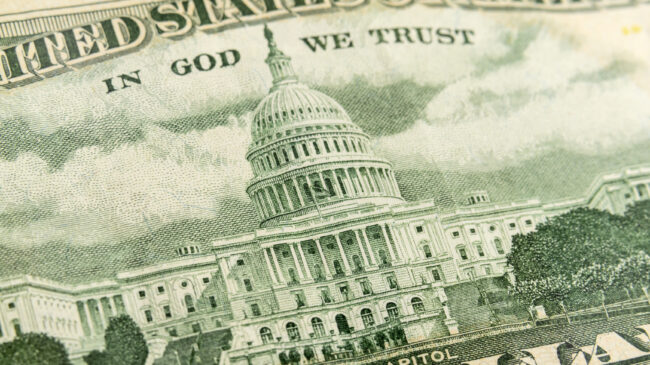Economists advocating the $1.9 trillion American Rescue Plan often harken back to the 2009 stimulus bill during the Obama administration, which they saw as essential yet insufficiently large to fully lift the economy out of the Great Recession. Analogies between this earlier episode and the current economic situation are imperfect at best, and any lessons learned from the early Obama-era experience need to be taken with a grain of salt.
When the American Recovery and Reinvestment Act became law in February 2009, the economy was still shrinking (though the rate of shrinkage had begun to slow). The stock market bottomed the following month, the Great Recession officially ended in June and the unemployment rate — typically seen as a lagging indicator — peaked in October.
We appear to be much later in the recovery phase in 2021 than we were when the 2009 stimulus bill passed during the Obama administration 12 years ago. The economy is experiencing its third quarter of GDP growth since last spring’s steep decline. The stock market bottomed out last March and the unemployment rate peaked last April. The National Bureau of Economic Research has yet to call the end of the Coronavirus Recession, but its Business Cycle Dating Committee typically calls economic peaks and troughs on a delayed basis; it remains reasonable to expect that the committee could conclude that we reached the trough of economic activity sometime in 2020.
If the economy is indeed growing already, it seems reasonable to ask why more stimulus is necessary. A common response is that, although the contraction may have ended, the economy is now operating well below full employment, with millions of workers either looking for jobs or discouraged from doing so. But if the purpose of the current relief bill is to increase employment, its provisions are poorly tailored to achieve that goal. Certain federal spending programs could reduce unemployment, but the current plan going through Congress is not such a program.
Indeed, Congress’ current relief plan includes two measures that promise to reduce employment. First, the bill renews and increases an unemployment benefit “plus up” that would add $400 per week to each beneficiary’s payment through August. This supplement reduces, and in some cases eliminates, the difference in income workers receive from not working as opposed to working, reducing some of their incentive to find new jobs. As a result, some reopened restaurants have reportedly struggled to find staff.
Another job reducing provision of the House stimulus bill is the minimum wage increase. The bill would raise the federal minimum from $7.25 per hour to $9.50 per hour immediately, followed by four annual increases until the minimum reaches $15 per hour in 2025. Irrespective of its purported merits, it is hard to imagine that this provision will not eliminate at least some jobs, especially in states with lower per capita income. The Congressional Budget Office recently estimated that the minimum wage hike would reduce employment by 1.4 million workers when fully phased in.
Other stimulus bill provisions may increase employment but are not especially efficient ways of doing so. For example, the $1,400 direct stimulus payment to lower- and middle-income taxpayers would, in theory, be spent on goods and services, stimulating job creation. But since these one-time payments would go to many individuals and families who have not suffered negative economic impacts from COVID-19, they may instead use the money to pay down debt or supplement their savings.
On the other hand, funds for vaccine development and distribution could spur employment and economic growth. To the extent that widespread vaccinations promote herd immunity, they could encourage state and local governments to end lockdowns more quickly and give people more confidence to travel, visit restaurants and go to entertainment venues. That would restore jobs in some of the industries hardest hit by the pandemic.
But, since Congress has already spent billions on vaccine production and distribution, the incremental benefit of new funding is questionable. The U.S. has already purchased enough of the Pfizer and Moderna vaccines to provide two injections for every American adult. By the time the new bill likely passes, upwards of 100 million doses may have already been administered.
The main barrier to an accelerated vaccination program is a lack of supply and not much can be done to speed the production of the two approved mRNA vaccines. But, with the Johnson & Johnson vaccine now approved, President Biden says the country should have enough doses of the vaccine for every American adult by the end of May.
While government spending may create jobs and temporarily stimulate economic growth in certain cases, the ill-timed and poorly targeted COVID relief measure now in Congress is unlikely to substantially move the dial, its high sticker price notwithstanding.
A version of this column previously appeared in The Hill.

